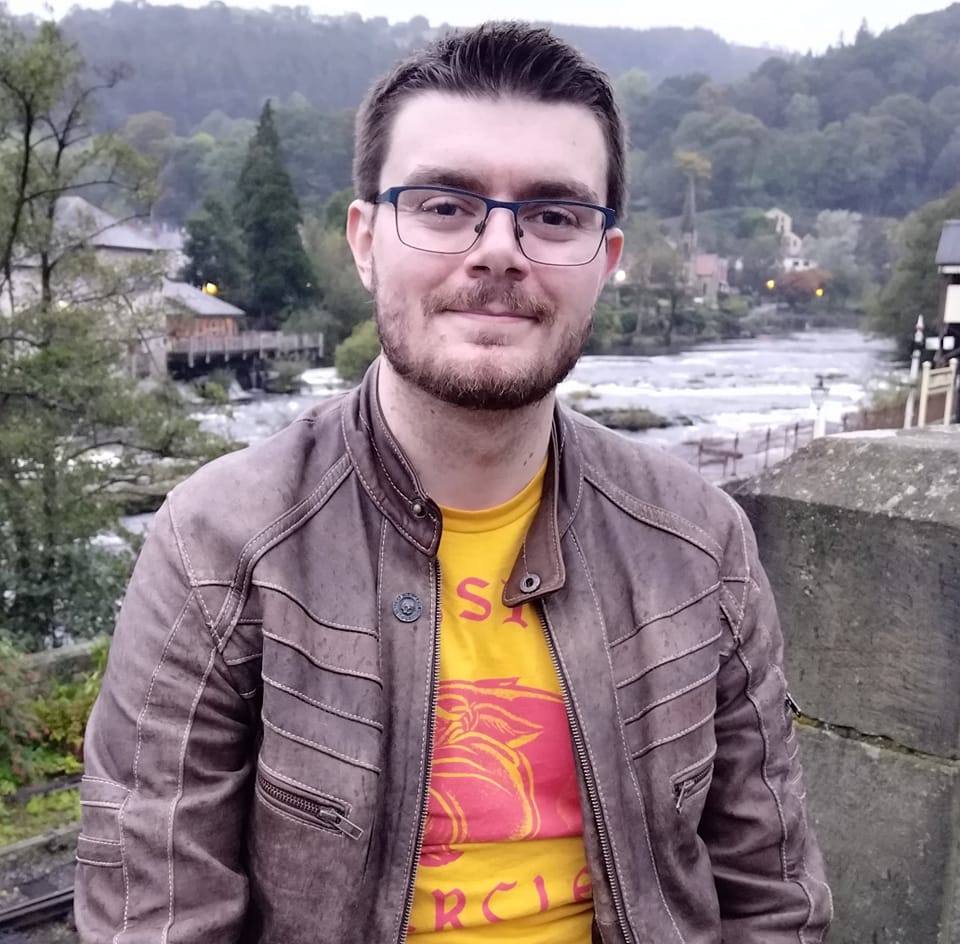Slipknot’s imagery is every bit as vital to their success as their music. Sure, sounding like they do, they were always going to be stars: their roaring, three-percussionist-backed nu metal demands to be heard. But the two boosters on the rocket ship to success were those masks – hideous and enigmatic – and the art direction of co-leader Shawn “Clown” Crahan.
To celebrate the release of seventh Slipknot album The End, So Far, join Hammer on a tour through the artwork of every album that the rabble have ever made.

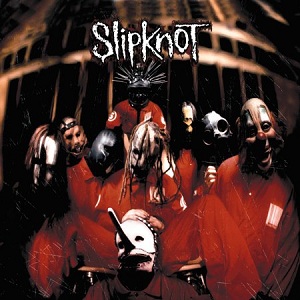
Slipknot (1999)
Bands have spent thousands of pounds and hundreds of hours fine-tuning album art down to the smallest detail. However, when you look like Slipknot, you don’t need to fuss over the most painstaking painting to make an impact. Just a photo of you will freak the fuck out of anybody.
The picture of The Nine on the cover of the greatest debut album in metal history was taken by Stefan Seskis. The photographer was already buddies with the band, having snapped the front cover of their 1996 Mate. Feed. Kill. Repeat. demo. He’d go on to get even more work from them by doing Iowa, as well as the Heretic Anthem and Left Behind singles. You can see another shot of his on the cover of the sole album by Clown’s short-lived alt-rock project To My Surprise.
The lineup on the Slipknot cover is the classic nine-piece that would exist until Paul Gray’s death in 2010, although one of the masks may seem unfamiliar: Jim Root doesn’t have his iconic jester visage yet. Because he was such a last-minute addition to the band, joining during their debut’s recording, he simply had a black gimp mask on.
“I ended up wearing a bondage hood that was a size too small for my head,” the guitarist remembered in a 2014 Google Play interview, “so my sweat was filling up the inside of this thing and my ears were underwater. I couldn’t move and it was pushing my jaw back. It was extremely uncomfortable.”
Iowa (2001)
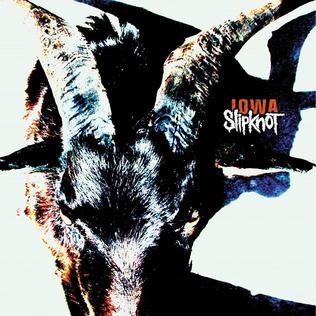
No one knows why there’s a goat on the front of Slipknot’s second album, Iowa. That is, nobody except Clown – and he seems to like it that way. In a 2021 interview with Hammer, The Nine’s co-founder and custom percussionist said: “The cover has a lot of symbolic, metaphoric solutions in it for everyone in our culture. I haven’t really explained it. It’s for the end times to put the whole picture together, so I’m not going to go into that.”
Here’s what we do know. The goat is called Eeyore: a name that it shares with the hidden track tagged on to the end of Scissors, the last song on Slipknot. And we know that Clown wanted it to be Iowa’s artwork really, really badly.
“My mentor who got me going into photography, Stefan Seskis, he shot the first album cover,” Clown continued in the same Hammer interview. “I came up with the concept and I so badly wanted to shoot the second album cover, and I just couldn’t get it done. One day I handed him the goat.”
The goat became a mascot for the band during and after the Iowa cycle. One shows up in the Left Behind video, and others have since appeared on the band’s coveralls and merchandise. Furthermore – on August 28, 2001, the day the album came out – sixteen record stores in the UK opened at midnight and gave free copies to anybody that rocked up with a live goat.
A decade later, Iowa’s tenth-anniversary re-release gave the album a visual overhaul, using another photograph from the same shoot as the original. This time it was a profile view of a goat’s head hanging on a wall by its horns: suitably gruesome stuff for Knot's darkest output to date.
Vol. 3: The Subliminal Verses (2004)
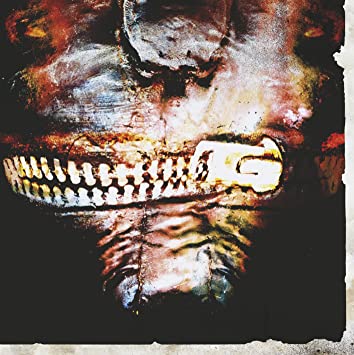
Burnout, industry pressure and multiple members wrestling with addiction meant that the Iowa sessions almost ripped Slipknot apart. The Nine needed a break after the cycle, so Corey Taylor and Jim Root reformed Stone Sour, Joey Jordison co-founded the Murderdolls and Sid Wilson resurrected his DJ Starscream persona.
When they reunited for Vol. 3: The Subliminal Verses and gradually stopped wanting to murder one another, the band set out to make their newest cover present them as a united front again. Clown wrote in a 2009 blog post: “When I was working on Vol. 3, there was a theme I needed to figure out. At the time, we were in a real weird place together as a band. We were reuniting and rehabilitating ourselves after the hellish Iowa cycle. So I kept asking myself, ‘What is it that ties us together?’ And the answer has always been our fans. We wouldn’t be where we’re at if it wasn’t for our fans.”
What Clown came up with was the “maggot mask”: a new, leather mask named after what Slipknot call their fanbase, unifying the band and their audience. It’s the same spirit that drove Vol. 3 song Pulse Of The Maggots, an anthem dedicated to their acolytes.
Much like the Iowa goat, the maggot mask has become a recurring symbol in the Slipknot universe. Replicas were released as merch and sold unsurprisingly well, while the genuine article reappears in the music video for Vermilion. In it, a woman puts the mask on and is immediately confronted by the band, whom she then dances with. It’s the only human interaction she enjoys in the entire clip, reinforcing just how much Slipknot love their fans. They really are the most wholesome gang of faceless, baseball bat-wielding pyromaniacs you’ll ever meet.
All Hope Is Gone (2008)
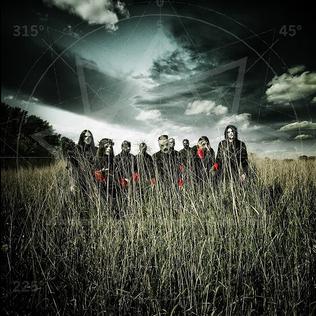
Slipknot went home to record what would be their final album as The Nine. Before All Hope Is Gone, the band had never tracked on their native soil of Iowa, with every album instead done in California. The decision to make music on the most familiar turf they could has, in hindsight, been controversial within the band.
In a 2015 Loudwire interview, Corey reflected: “It was good being in Iowa. […] Going home and getting to be a father every night was really, really gratifying.” Clown, on the other hand, said in 2014: “It’s my least favourite [Slipknot album]: no tension, no pain – just efficiency. Being able to go home, able to sleep, is not good, not for what we do.”
Nonetheless, for All Hope Is Gone’s front cover, The ’Knot opted to visualise the rural locale they were creating in. The seclusion is palpable in the photo of the band standing in a grassy field that extends almost as far as the eye can see. The tenth-anniversary reissue’s artwork differs somewhat, instead featuring nine massive-headed figures in a stamped-down cornfield: a shot lifted from the Psychosocial video.

